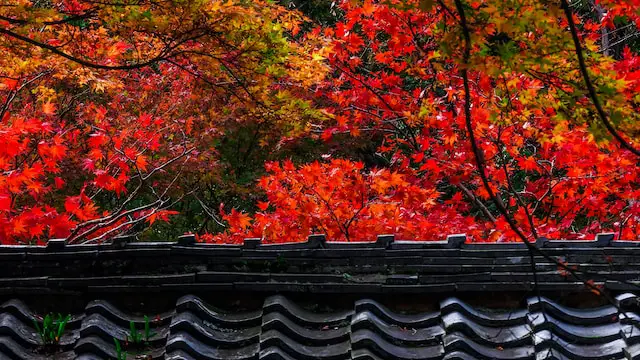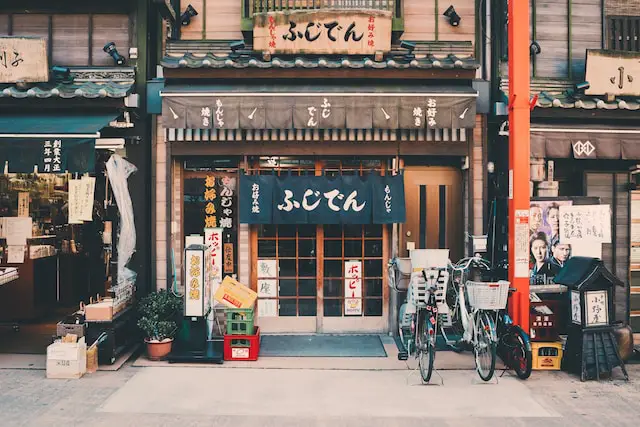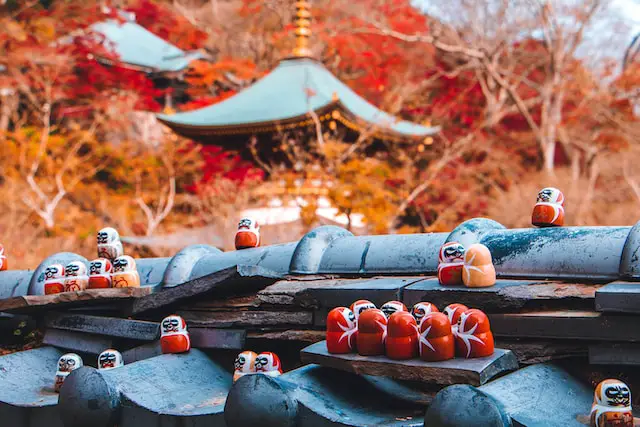As the sweltering summer months in Japan subside, September brings a breath of fresh air with its arrival. Autumn, or “Aki,” in Japan is a time of moderate weather, autumn foliage, and a feeling of change in the air. This shift in season commences a new chapter in Japanese life, filled with vibrant cultural events, festivals, and harvest traditions.
Japan’s Autumn Festivals and Rural Harvest Traditions
Autumn in Japan doesn’t just signify a change in weather or scenery; it’s a blend of cultural, religious, and community events that come alive during this time. Traditional festivals, known as “matsuri,” and rural harvest practices provide a unique insight into Japanese lifestyle, customs, and community spirit that can only be experienced during this season.
Emphasis on the Cultural Calendar of September in Japan
September in Japan holds specific cultural significance, being a time of many events and festivals that take place. From moon-viewing traditions to the lively spirit of harvest matsuris, the country’s cultural calendar makes September a meaningful month full of vibrancy and communal fellowship.
Exploring Autumn Festivals
Aki Matsuri
September brings the entire community together in celebration of Aki Matsuri, or autumn festivals. These matsuris serve as a platform for Japanese people to come together, partake in age-old traditions, and enjoy the authentically festive atmosphere.
Tsukimi
Another charming tradition during September is “Tsukimi” or moon-viewing celebrations. As the autumn moon is believed to be particularly beautiful, Japanese people hold gatherings with special food and decorations to appreciate its beauty.
Higan
Lastly, September also marks the arrival of “Higan,” a seven-day Buddhist event. During this period, Japanese people visit graves of their ancestors, pray, and make ceremonial offerings.
Festival Food, Music, and Games
Participating in these festivals provides the experience of enjoying delicious seasonal food, lively music, and traditional games – a true cultural feast in every sense.
While these festivals hold religious or cultural significance, at the heart of it all, they create a sense of unity and foster community spirit, which forms the soul of Japanese culture.
With a rich agricultural heritage, the harvest season holds immense importance in Japan, particularly in rural regions. It’s a season of hard work, gratitude, and much celebration.
Traditional Harvesting Activities
From rice harvesting to mushroom picking and even chestnut gathering, these rural harvest traditions are deeply entwined with Japanese life. They not only yield food but also force profound connections with the land and fellow beings.
Inakadate Rice Art
One of the most intriguing traditions is that of creating intricate rice art in the fields of Inakadate. These fantastic creations offer a unique blend of art and agriculture, making this tradition a significant tourist attraction.
Personal Experiences and Reflections
Partaking in these harvest activities and experiencing them first-hand offers an insightful journey into the heart of Japanese culture, tradition, and community.
Tips for Tourists
For tourists wishing to experience these traditions, remember to respect local customs, blend in as much as possible, and enjoy every moment! Some of the best locations to experience traditional harvest are Hokkaido, Tohoku, and Inakadate.




